Welcome to

Whether you’re interested in general location awareness, family safety, service management, theft detection, mileage reimbursement, fleet management, asset management, driver behavior, or equipment maintenance, TracSpot has the solution for you.
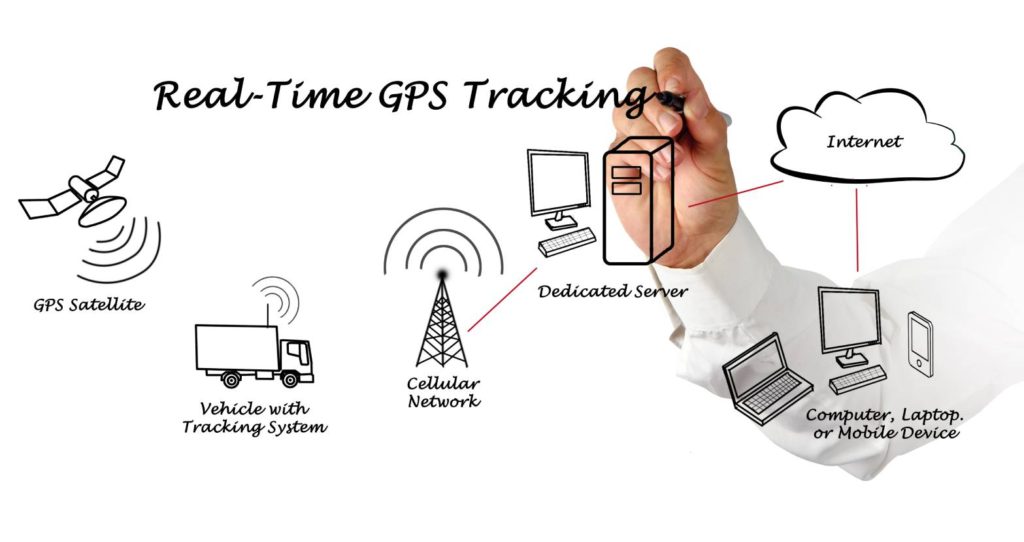
GPS
The Global Positioning System (GPS) is a satellite-based navigation system owned by the United States government and operated by the United States Space Force. It is one of the Global Navigation Satellite Systems (GNSS) that provides geolocation and time information to a GPS receiver anywhere on or near the Earth where there is an unobstructed line of sight to four or more GPS satellites.
The GPS does not require the user to transmit any data, and it operates independently of any telephonic or internet reception, though these technologies can enhance the usefulness of the GPS positioning information. The GPS provides critical positioning capabilities to military, civil, and commercial users around the world. The United States government created the system, maintains it, and makes it freely accessible to anyone with a GPS receiver.
Our definition is less sophisticated. To us, GPS is simply a term often used to refer to the ability to track one’s location in terms of latitude and longitude, or spot, on a map.
Hence, our name… TracSpot!!
GPS tracking systems work using a network of satellites circling in orbit around the Earth known as the Global Navigation Satellite System (GNSS) network. These satellites transmit signals containing position data down to Earth where a multitude of GPS devices receive the information and calculate details like location, speed, direction, and more for that specific GPS device.
These GPS devices, or GPS trackers, typically contain an internal battery and can read other sensor data provided by its host. All the information it calculates for and collects from its host (such as a vehicle) is transmitted at a programmed time interval over cellular networks to backend servers that operate over the Internet. Users can then login to these servers using a web browser or mobile app to see the unit on a map along with its detailed information.
First, you need a GPS tracker that can receive satellite data, calculate position info and transmit the details. Typically, GPS trackers range from $40-$100, depending on the device functionality and features. There are cheaper ones and there more expensive ones and you generally get what you pay for. Some vendors charge upfront fees to cover the tracker costs and others may provide the trackers at no cost in return for a higher service fee. Find a vendor that gives you options so that you can decide.
Next, a SIM card is needed to transmit the device data over cellular networks. Some tracking systems only work on a single cellular network, whereas some can operate across multiple networks. The cellular network can affect the real-time performance of the system in that poor cellular service may not always show the device in actual real-time location. Try to find a system that utilizes multi-net SIM cards that can operate over multiple networks for improved reliability. SIM cards are inexpensive, but the recurring cellular data cost can range from $2-5 per month for a single device, even higher for devices transmitting lots of data such as with onboard video transmission feeds. Some systems offset some of this cellular data cost by not reporting data as often, which is good for the vendor, but not so good for the end user because the device information is not reported as frequently. So, look for systems that have faster reporting intervals or that report based on direction change as these systems will produce more accurate results.
Finally, tracking systems typically incur a $3-5 per month charge for each device to cover server data storage and web and mobile application development. Look for solutions that include extended data storage, at least one year and provide both web and mobile, user friendly interfaces. You should not have to pay extra for these functions!!
System Features
- Real-Time GPS Location
- Multi-Net SIM Solutions
- Fast Interval & Direction Change Updates
- Live Map Tracking with Breadcrumb Trail
- Vehicle Status & Travel History
- Geofence/Zone In & Out Control
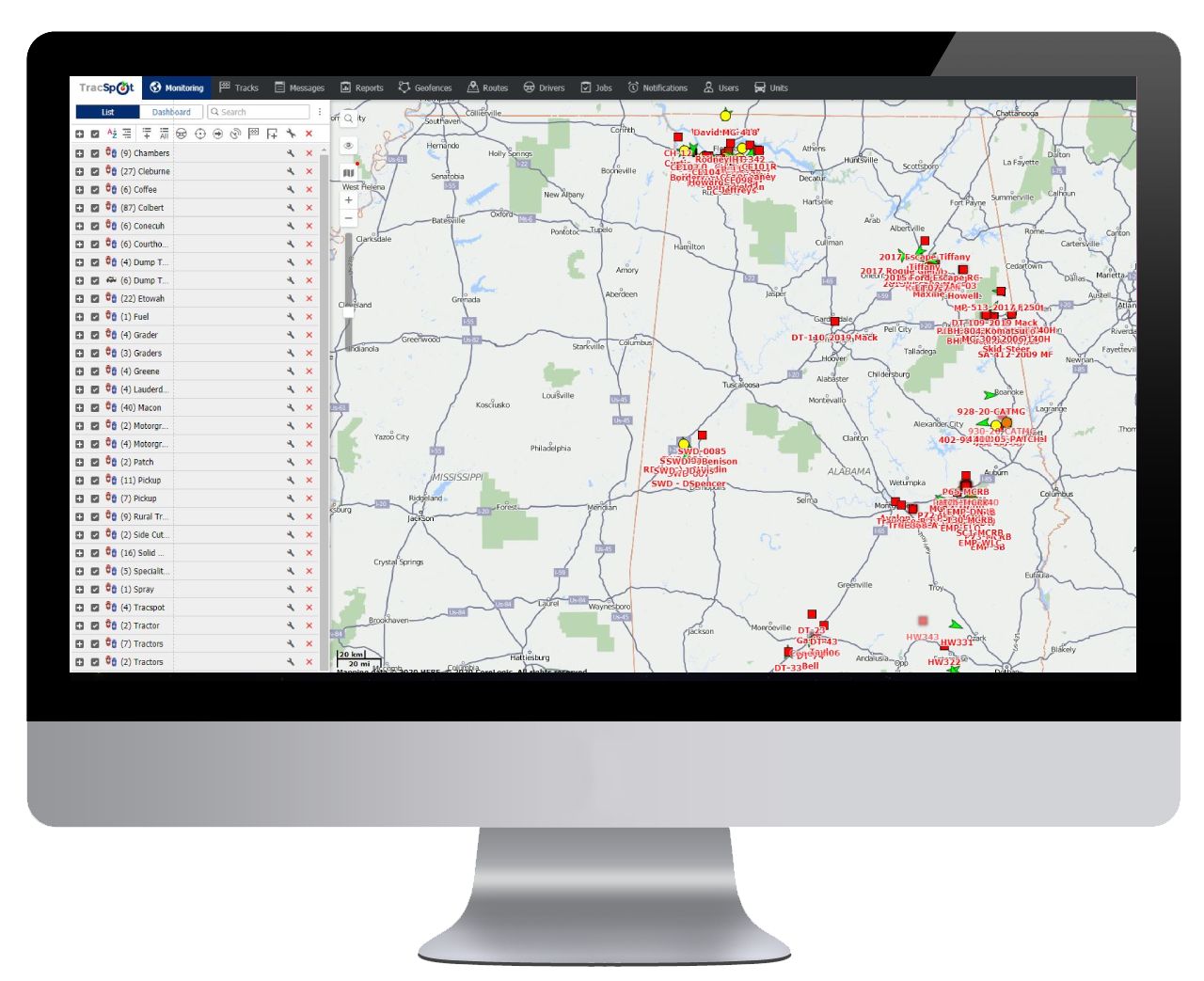
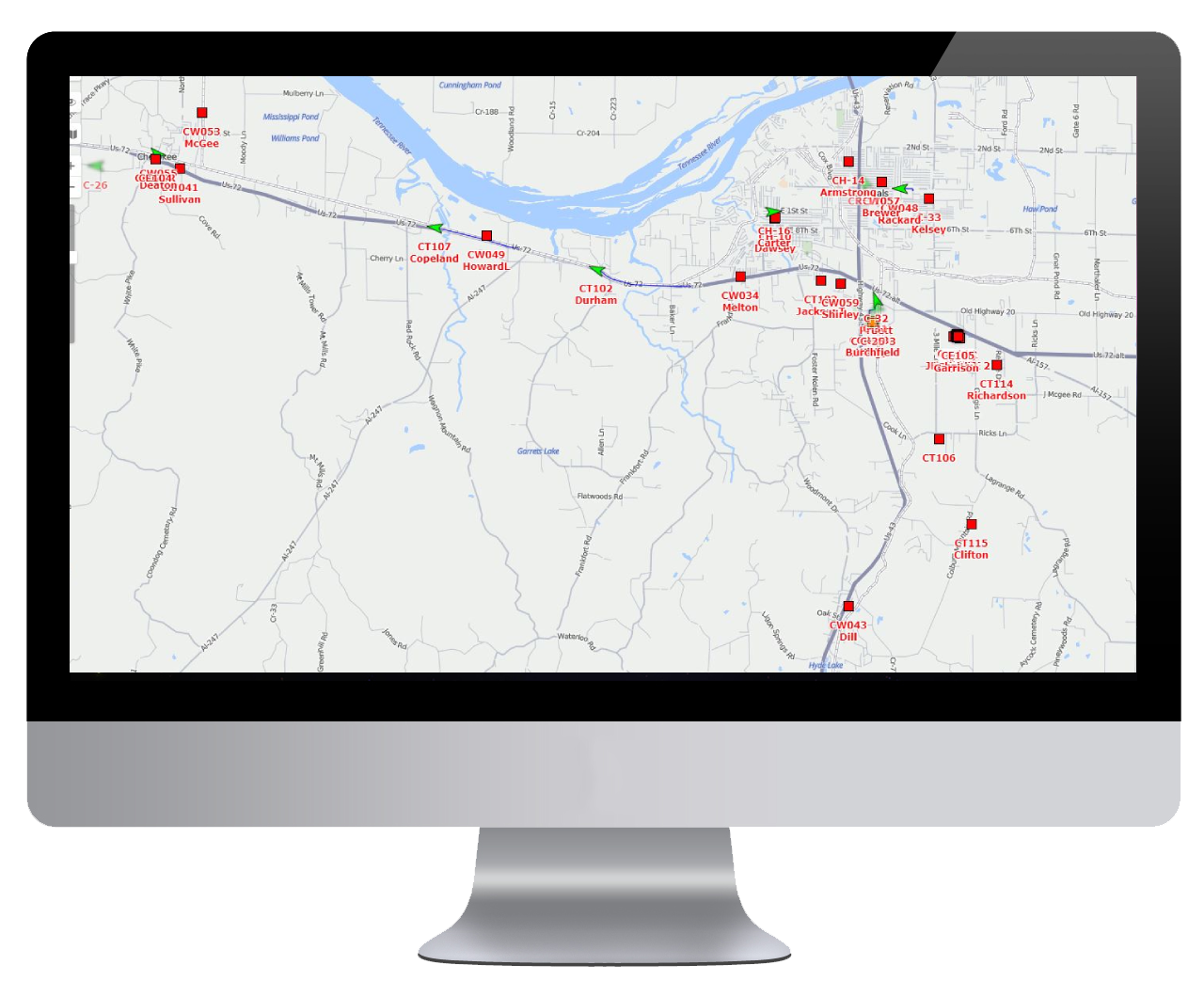
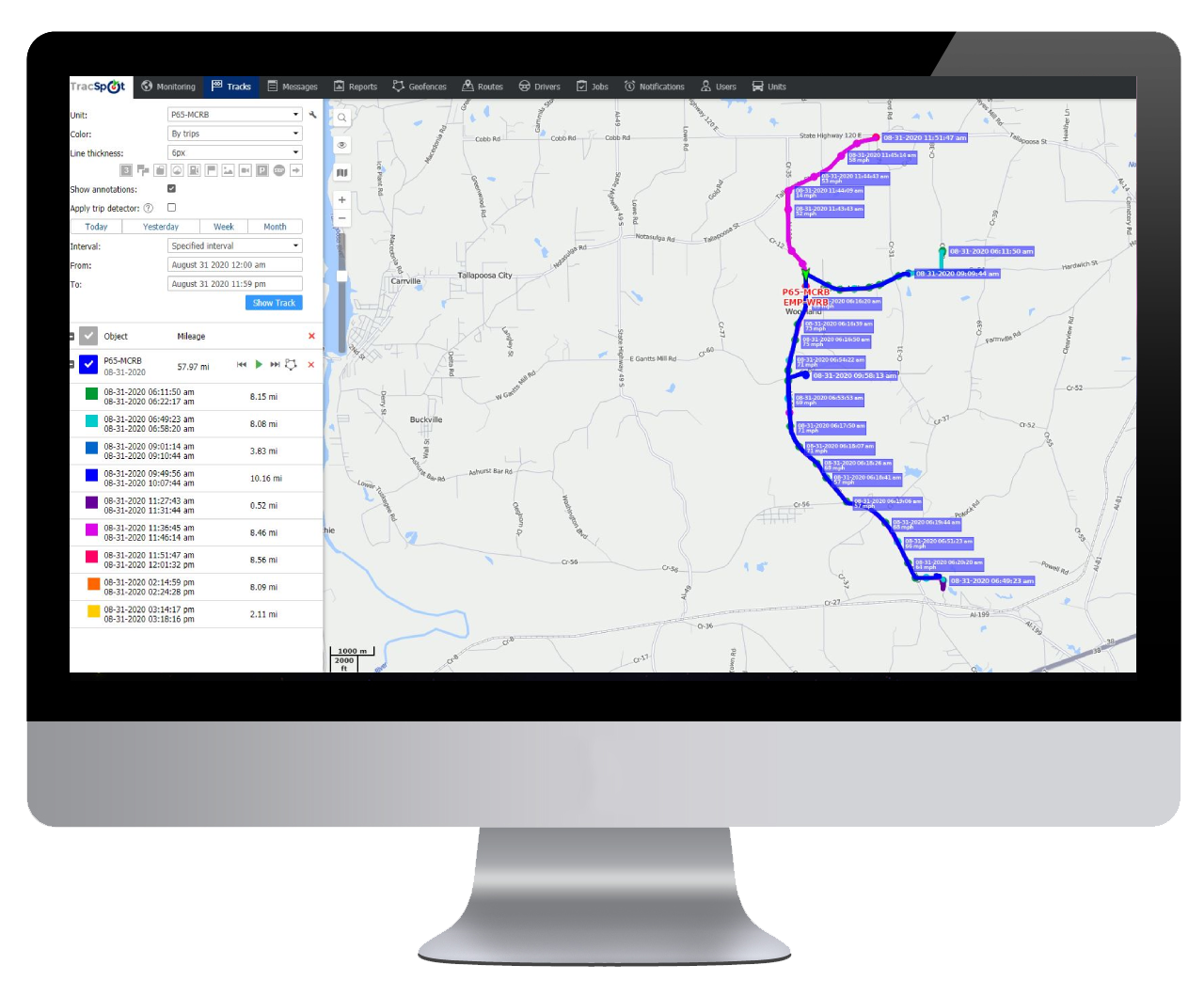
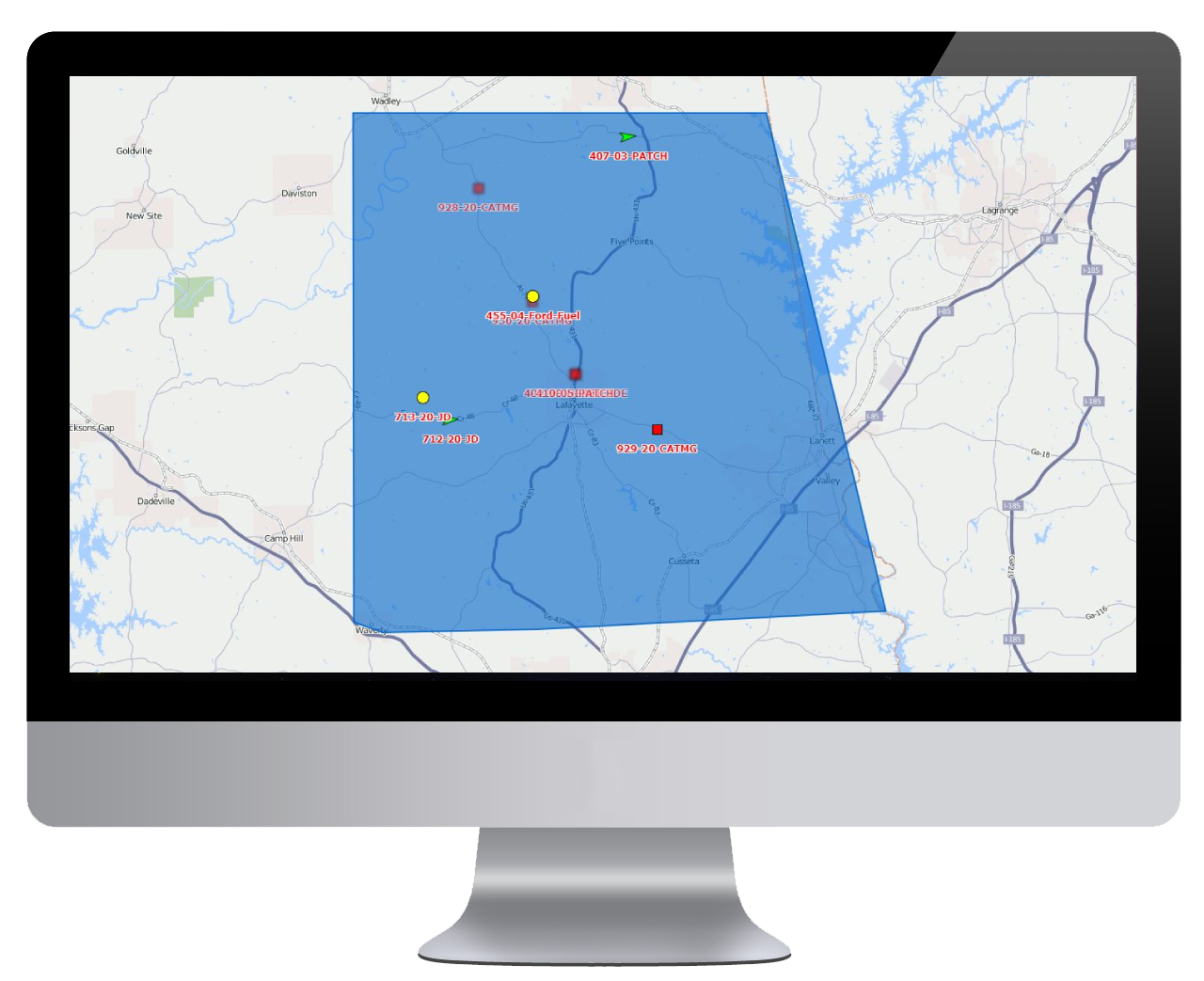
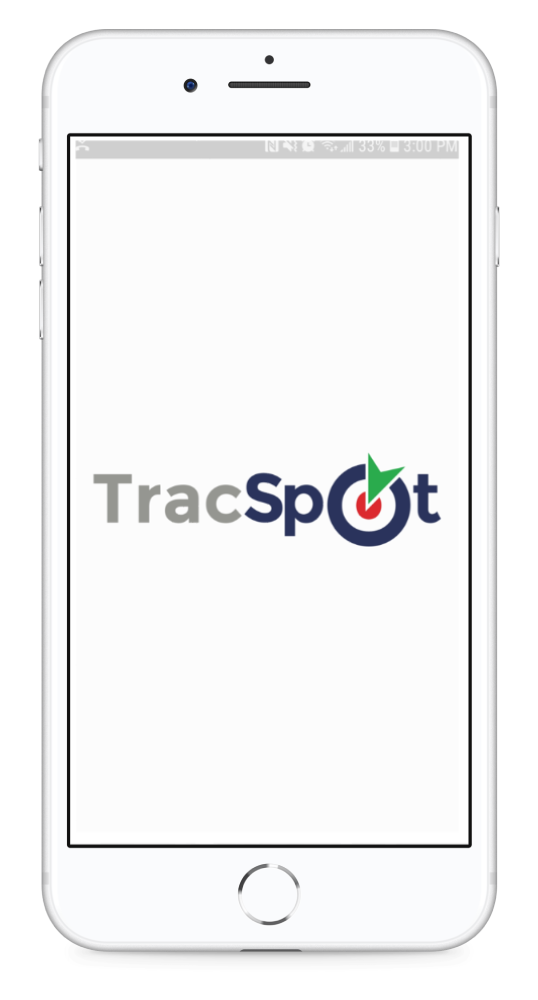
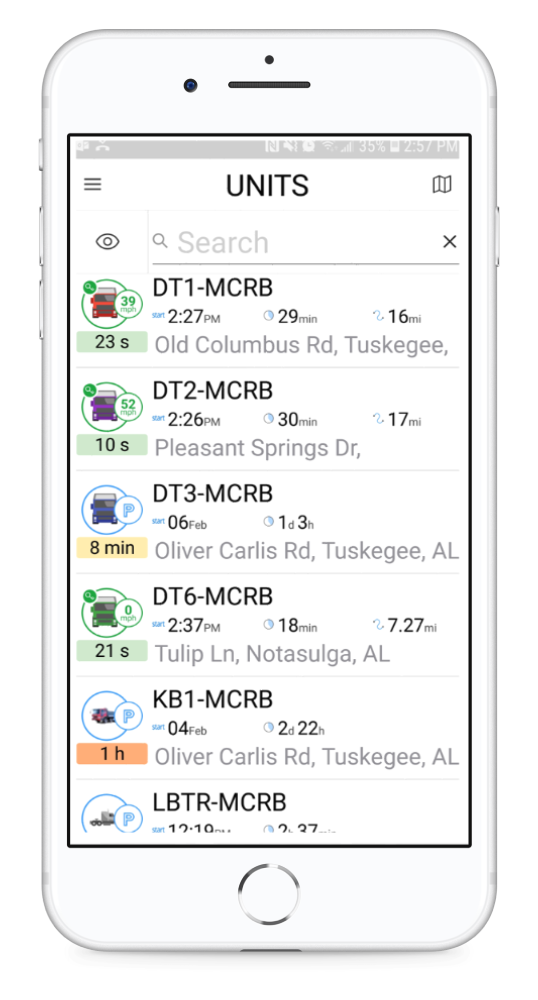
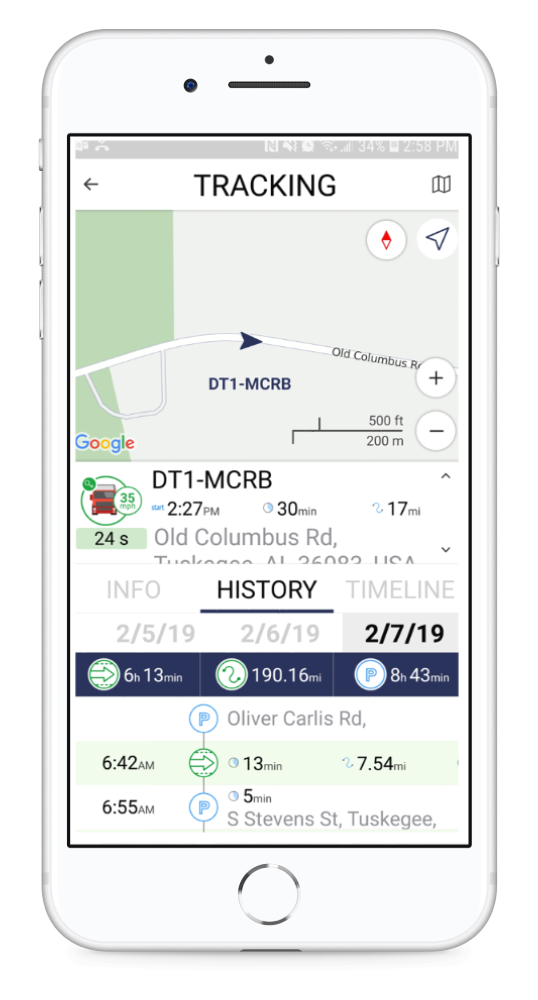
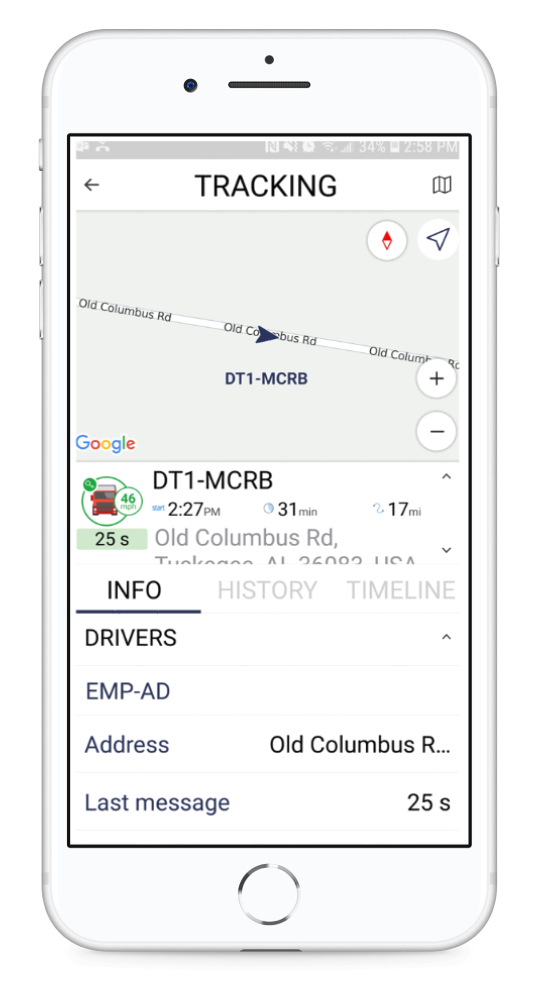
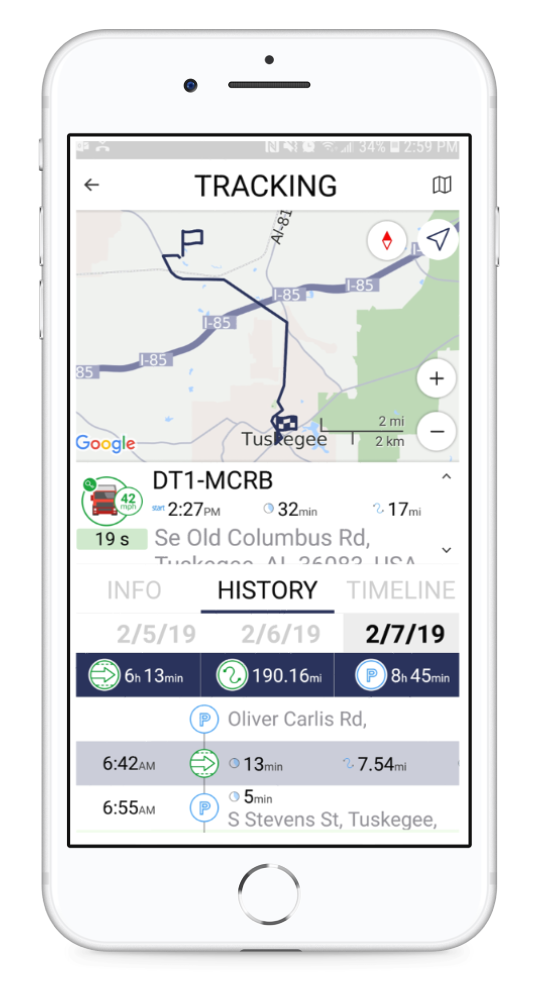
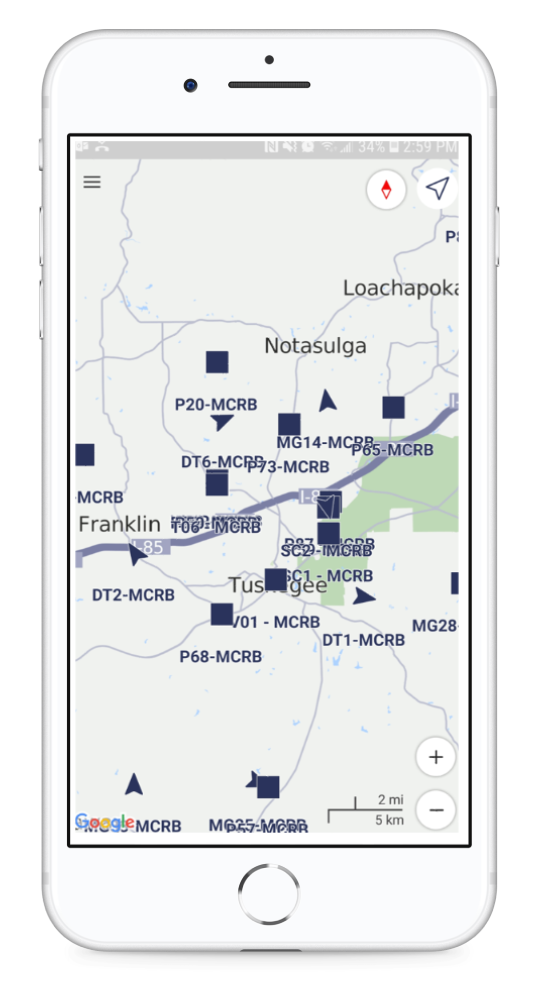
- Programmable Alerts & Notifications
- Driver Monitoring & Service Management
- Flexible Report Building Tools
- Advanced Web Browser Monitoring
- Android & iOS Mobile App
- User Friendly Interfaces
Business Applications
Fleet Management
Asset Tracking
Driver Monitoring
Equipment Maintenance
System Features
- Real time GPS location tracking 24x7x365
- Track past travel up to one year including stops, parkings and durations
- Geofences can be setup to monitor travel in/out of specific areas
- Driving behavior alerts can notify you of speeding, harsh braking, fast acceleration
- Get notified if vehicle powered unexpectedly or tracker removed
- Setup alert to be notified if vehicle in an accident
- Vehicle maintenance alerts based on days or miles driven
- Web based portal and mobile app (Android, iOS) accessible
- Lifetime warranty and support for products under active subscription
GPS Tracking Device Types
TracSpot is universal and currently capable of integrating with more than 2,200 models of GPS tracking devices, including personal GPS trackers, automobile controllers and software-based “trackers” installed as mobile apps on smartphones. TracSpot can also process data received from after-market sensors (weight, humidity, light, temperature and others), cameras, tachograph and other supplementary hardware, connected to GPS devices.
The following table shows the different type GPS trackers that can be utilized with TracSpot:

Plug-In
- Easy installation – Simply plug-into your vehicle’s ODB-II port
- Self-contained antennas and backup battery
- Able to report 24/7 whether vehicle on or off
- Can report additional vehicle data via ODB-II port
- Set alerts to trigger if device tampered with or removed
- Optional ODB-II extension cable can be used to conceal device
- Suited for cars, light duty trucks/vans

Hardwired
- Multi-wire installation
- Can be installed by anyone with vehicle wiring know how
- Most commonly utilizes Power, Ground, Ignition signals
- Self-contained antennas and backup battery
- External antenna options available
- Able to report 24/7 whether vehicle on or off
- Able to interface with Driver ID, Starter Relay, Sensors and more
- Often mounted under dash or in limited access area for concealment
- Suited for cars, trucks/vans, recreational and heavy-duty equipment
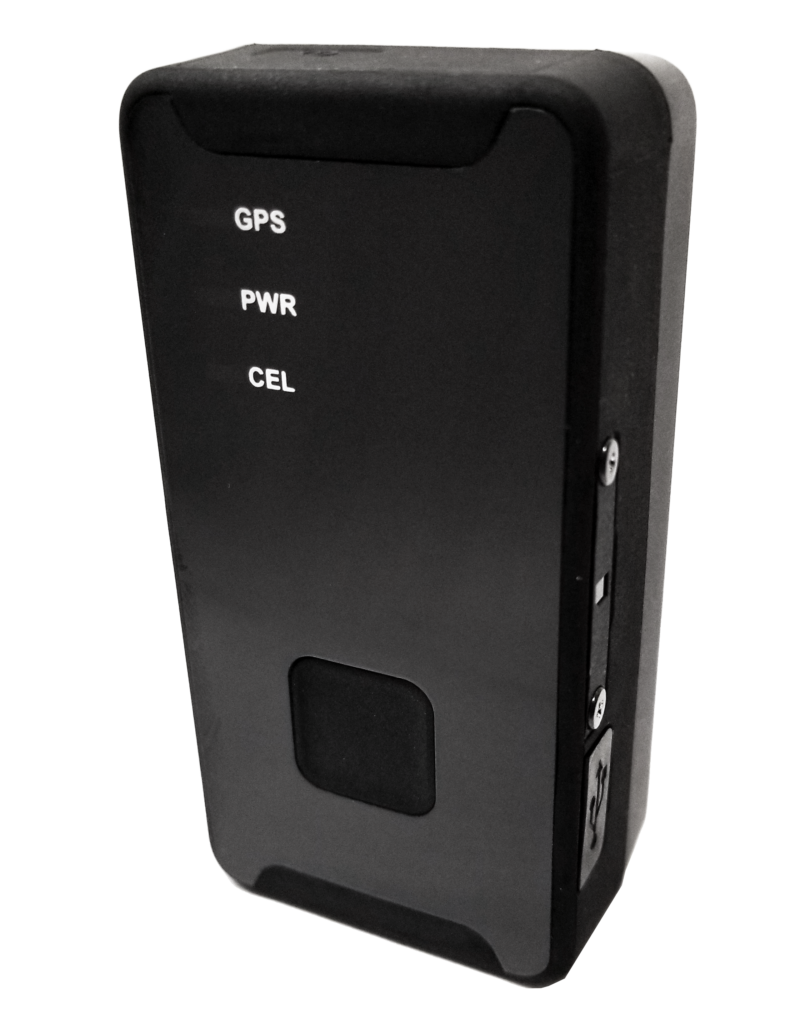
Battery
- No wire installation
- Often utilizes strong magnetic mounting to frame of equipment
- Self-contained antennas & rechargeable batteries
- Battery life typically lasts weeks to months depending on usage
- Programmable to report on longer intervals to save battery life
- Set alerts to report more frequently under specific conditions
- Suited for equipment, trailers, containers and items without power
How Do I Get Started?

- Navigate to our Personal or Business page
- Select GPS Tracker
- Select Mounting Accessory (optional)
- Select Service Plan (Monthly or Annual)
- Confirm Your Selections in the Cart
- Process Payment (via Credit Card, PayPal)
- Order Processed with FREE Shipping
- System Access Instructions Emailed
Get in Touch With Us
For General Questions & Support, please fill out the form and we will get back to you as soon as possible.
- info@tracspot.com
- (334) 260-8453
- M-F - 8:00 AM - 5:00 PM


